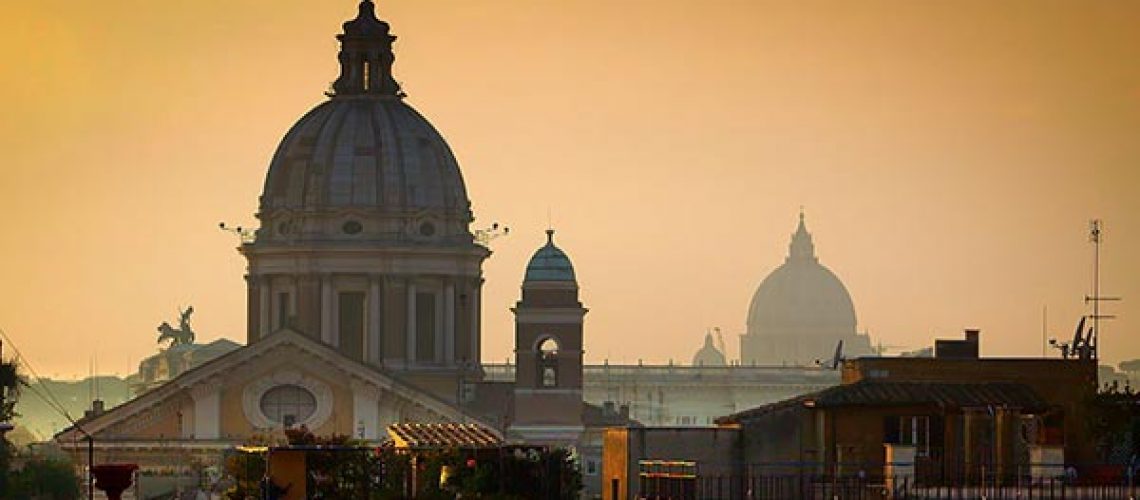The Protestant Cemetery of Rome, now named the Rome Non – Catholic Cemetery, is a space of quiet peaceful beauty, yet literally in the middle of some of the most famous Rome monuments.
Rome Protestant Cemetery three under years of history
An Italian solution to an English problem in Rome
The very first document quoting a space in Rome for Protestant people to be buried dates exactly to 3 hundred years ago: it is 1716 that Pope Clement XI (mind that until 1860 Rome was the capital city not of Italy, but of the territories of the Papal State) “opens”.
The Pope had to figure out a solution to an issue raised by the “Glorious Revolution” in England in 1688 – 1689.
The outcome of the Revolution caused the exile of the Jacobites from Great Britain. The Pope, of course, supported the exiled court: earlier in France, then in Rome.
While James Francis Edward Stuart – James III of England and Ireland – was a Catholic, a good part of his entourage was anyway formed by Protestants: and Protestants – heretics, for the Pope – couldn’t be buried in a Catholic Cemetery…
In 1716 the death of a courtier made the issue urgent and the Pope gave in concession an area nearby the Caio Cestio Pyramid.
A graveyard was born…
The Protestant Cemetery became the graveyard of people with no religious beliefs as well.
It tells a lot of the last three centuries of the Eternal city: the story of people from abroad who fell in love for Rome and decided to live there and to stay after their death, and the story of people who simply looked for their last rest a place with not religious strings attached, like the poet John Keats, the atheist philosopher Antonio Gramsci, the anti slavery activist Sarah Parker Remond.
Nowadays the Cimitero Acattolico di Roma is an oasis of peace between the Caio Cestio Pyramid and the Aurelian Walls, a stone’s throw from Roma Ostiense train station and not far from Lungotevere Testaccio – the Tiber River quays.

